How to Plan a Trip to Scandinavia: Exploring the Nordic Countries
Scandinavia, also known as the Nordic countries, is a beautiful and unique region located in Northern Europe. It consists of five countries – Norway, Sweden, Finland, Denmark, and Iceland – each with its own distinct culture, history, and natural wonders. From the stunning fjords of Norway to the vibrant cities of Sweden and Denmark, Scandinavia offers a wide variety of experiences for travelers.
Why Scandinavia?
There are many reasons why Scandinavia should be on your travel bucket list. Firstly, the region is known for its natural beauty, with vast forests, lakes, and mountains to explore. Secondly, the cities are some of the most livable and innovative in the world, with a strong focus on sustainability and design. Thirdly, the Nordic countries have a rich cultural heritage, with fascinating history and traditions to discover.
Whether you’re looking for a relaxing getaway in nature or a cultural city break, Scandinavia has something for everyone. However, planning a trip to this region can be overwhelming, as there are so many options to choose from. In this article, we’ll guide you through the process of planning a trip to Scandinavia, from deciding on your itinerary to booking accommodation and activities.

Getting There
Before embarking on a trip to Scandinavia, it is important to consider how you will get there. The Nordic countries are easily accessible by air, land, and sea, and each mode of transportation has its own advantages and disadvantages.
Choosing Your Mode of Transportation
If you are traveling from another continent, flying is likely the most convenient and efficient option. There are several major airports in Scandinavia, including Copenhagen, Oslo, Stockholm, and Helsinki, which are served by many international airlines.
If you prefer a more scenic route, traveling by train or bus may be a better choice. Scandinavia has an extensive network of rail and bus routes, making it easy to get around and explore the region. Traveling by train or bus also allows you to see more of the countryside and smaller towns along the way.
Finally, if you are looking for a unique and adventurous experience, consider traveling by sea. There are several ferry companies that operate routes between the Nordic countries, and many offer overnight accommodations and amenities.
When to Go
The best time to visit Scandinavia depends on what you want to see and do. If you are interested in winter sports or seeing the Northern Lights, the winter months (December to February) are ideal. If you prefer milder weather and longer days, the summer months (June to August) are the best time to visit.
Visa and Passport Requirements
Scandinavian countries are part of the Schengen Area, which means that visitors from many countries do not need a visa for stays of up to 90 days. However, it is important to check the specific visa and passport requirements for your home country before traveling. Make sure your passport is valid for at least six months beyond your planned departure date.
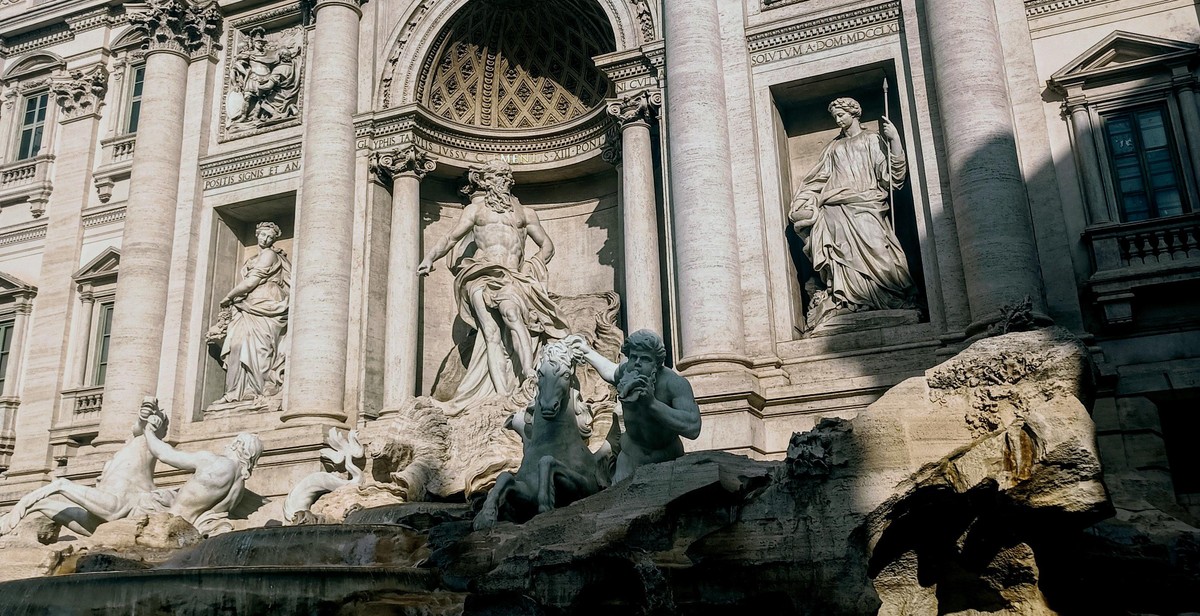
Where to Go in Scandinavia
Scandinavia is a region comprising of Denmark, Norway, Sweden, Finland, and Iceland. This region has some of the most stunning natural wonders, vibrant cities, and cultural experiences that are worth exploring. Here are some of the best places to visit in Scandinavia:
Denmark
- Copenhagen: The capital city of Denmark is a must-visit destination for its vibrant culture, stunning architecture, and delicious food.
- Aarhus: The second-largest city in Denmark is an excellent destination for exploring Viking history and culture.
- Roskilde: This historic city is home to the UNESCO-listed Roskilde Cathedral and the Viking Ship Museum.
Norway
- Oslo: The capital city of Norway is a great destination for exploring the country’s rich history and culture, including the Viking Ship Museum and the Munch Museum.
- Bergen: This picturesque city is surrounded by mountains and fjords, making it the perfect destination for outdoor enthusiasts.
- Tromsø: This Arctic city is an excellent destination for viewing the Northern Lights and experiencing the unique Sami culture.
Sweden
- Stockholm: The capital city of Sweden is a beautiful destination for exploring the country’s rich history and culture, including the Vasa Museum and the Royal Palace.
- Gothenburg: This coastal city is an excellent destination for foodies, with its vibrant culinary scene and fresh seafood.
- Gotland: This beautiful island is home to medieval ruins and stunning beaches, making it a great destination for history buffs and sun-seekers.
Finland
- Helsinki: The capital city of Finland is a vibrant destination for exploring the country’s rich culture and history, including the iconic Helsinki Cathedral and the Suomenlinna Fortress.
- Rovaniemi: This Arctic city is the official home of Santa Claus and is an excellent destination for experiencing Finnish Lapland’s unique culture and nature.
- Tampere: This vibrant city is an excellent destination for exploring Finnish design and culture, including the Tampere Art Museum and the Pyynikki Observation Tower.
Iceland
- Reykjavik: The capital city of Iceland is a great destination for exploring the country’s unique culture and history, including the iconic Hallgrímskirkja Church and the Harpa Concert Hall.
- Golden Circle: This popular tourist route includes some of Iceland’s most stunning natural wonders, including the Geysir Geothermal Area and Gullfoss Waterfall.
- South Coast: This scenic region is home to black sand beaches, glaciers, and stunning waterfalls, making it a must-visit destination for nature lovers.
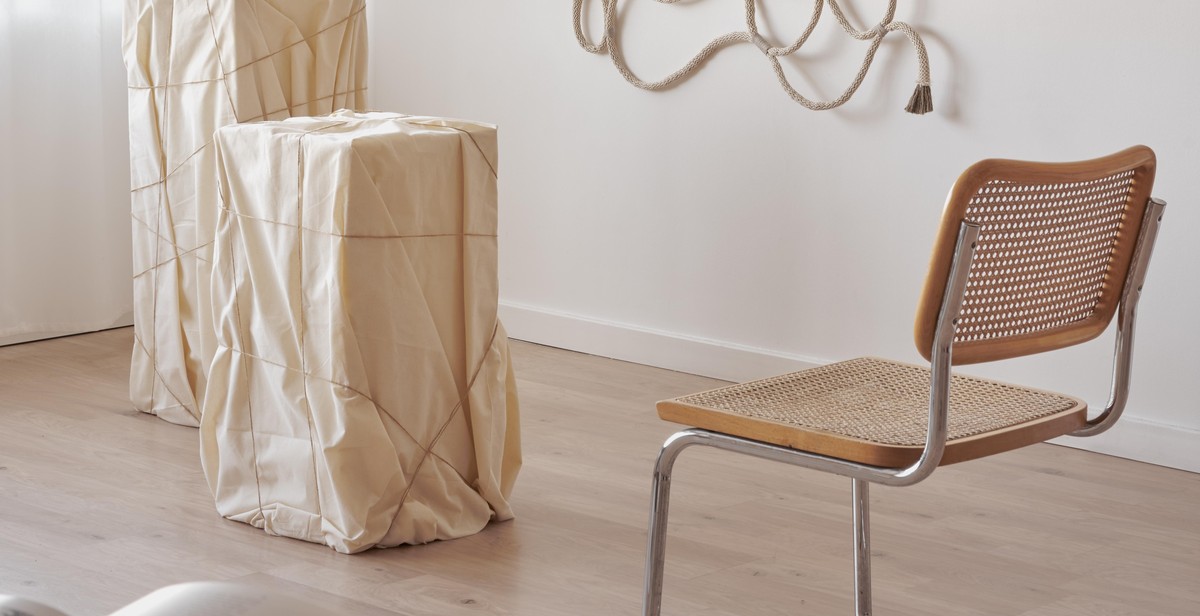
Accommodation in Scandinavia
Scandinavia offers a range of accommodation options to suit every budget and preference. From luxury hotels to budget-friendly hostels and unique Airbnb properties, you’ll find plenty of choices for your stay in the Nordic countries.
Hotels
Scandinavia is home to some of the most luxurious and unique hotels in the world. From the Icehotel in Sweden to the Treehotel in Norway, these properties offer unforgettable experiences for those willing to splurge. For those on a tighter budget, there are also plenty of mid-range and budget-friendly chain hotels throughout the region. Some of the most popular hotel chains in Scandinavia include Scandic Hotels, Nordic Choice Hotels, and First Hotels.
Hostels
Hostels are a popular choice for budget-conscious travelers in Scandinavia. They offer affordable accommodation options in prime locations, making them ideal for backpackers and solo travelers. Some of the most popular hostel chains in Scandinavia include Hostelling International, Generator Hostels, and City Backpackers Hostel.
Airbnb
Airbnb is a popular option for those looking for a unique and local experience in Scandinavia. From cozy apartments in the heart of Copenhagen to traditional cabins in the Norwegian fjords, there are plenty of options to choose from. Airbnb properties are also often more affordable than hotels, making them a great choice for budget travelers.
Final Thoughts
Whether you’re looking for luxury or budget-friendly options, Scandinavia has something to offer. From unique hotels and hostels to local Airbnb properties, you’ll find plenty of choices for your stay in the Nordic countries.
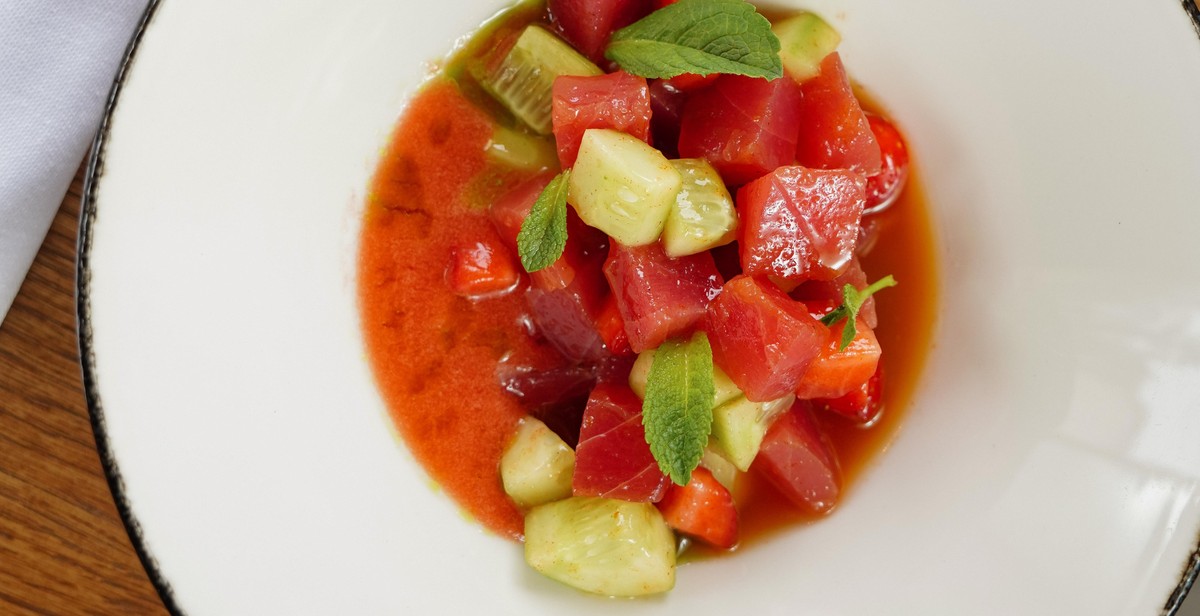
Food and Drink in Scandinavia
Scandinavian cuisine is known for its simplicity, freshness, and use of local ingredients. Traditional Scandinavian dishes include fish, meat, berries, and vegetables. Some of the most popular Scandinavian dishes include:
- Smörgåsbord: a buffet-style meal with a variety of dishes, such as pickled herring, meatballs, and smoked salmon.
- Gravlax: a dish consisting of raw salmon cured in salt, sugar, and dill.
- Köttbullar: Swedish meatballs traditionally served with lingonberry jam and mashed potatoes.
- Raggmunk: potato pancakes served with bacon and lingonberry jam.
- Fårikål: a Norwegian dish consisting of lamb and cabbage stewed together.
Restaurants
Scandinavia is home to a variety of restaurants serving traditional Scandinavian cuisine as well as international dishes. Some of the best restaurants in Scandinavia include:
| Restaurant | Location |
|---|---|
| Noma | Copenhagen, Denmark |
| Fäviken | Järpen, Sweden |
| Maaemo | Oslo, Norway |
| Oaxen Krog | Stockholm, Sweden |
Cafes
Scandinavia is also home to many cozy cafes serving delicious pastries and coffee. Some of the best cafes in Scandinavia include:
- The Coffee Collective: a specialty coffee shop with locations in Copenhagen and Oslo.
- Emmerys: a bakery and cafe with locations in Copenhagen and Aarhus, Denmark.
- Wayne’s Coffee: a Swedish coffee chain with locations throughout Scandinavia.
- Kaffebrenneriet: a Norwegian coffee chain with locations throughout Norway.
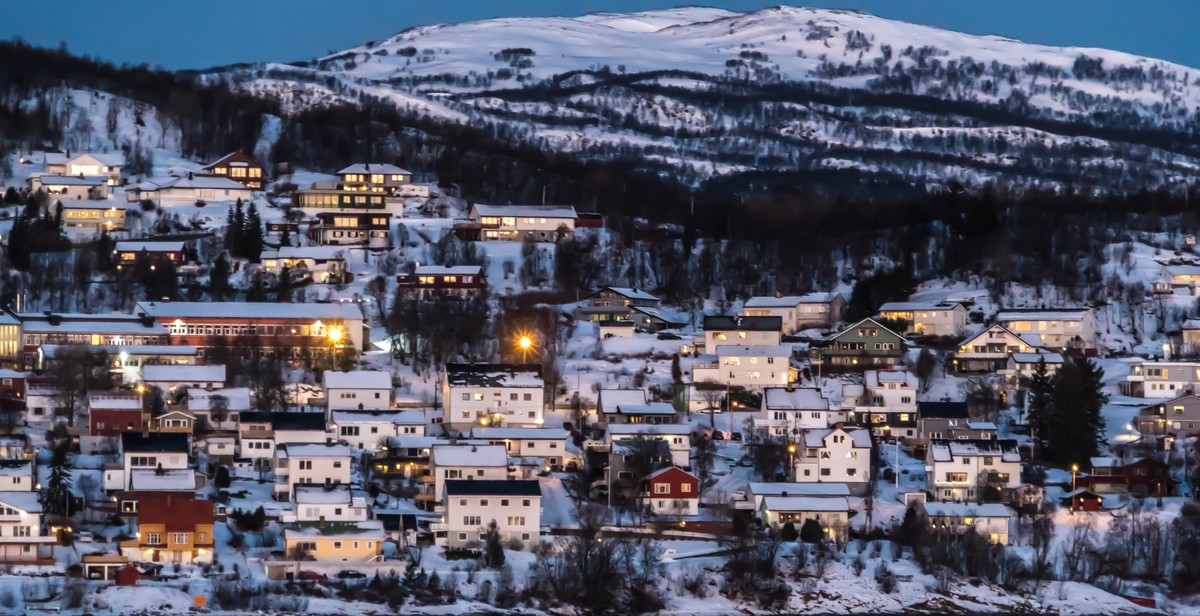
Activities and Attractions
Scandinavia offers a plethora of activities and attractions that cater to all interests and age groups. Here are some of the top things to do and see:
Outdoor Activities
The Nordic countries are renowned for their breathtaking natural beauty, and outdoor enthusiasts will not be disappointed. From hiking and biking to skiing and snowboarding, there are plenty of opportunities to explore the great outdoors.
- Hiking: The mountains and national parks of Scandinavia offer some of the best hiking trails in the world. Popular destinations include Norway’s Jotunheimen National Park and Sweden’s Abisko National Park.
- Biking: With its flat terrain and well-maintained cycle paths, Denmark is a cyclist’s paradise. The country also offers scenic coastal routes and picturesque countryside rides.
- Skiing and Snowboarding: Scandinavia is home to some of Europe’s top ski resorts, including Norway’s Hemsedal and Sweden’s Åre.
Museums and Galleries
For those who prefer indoor activities, Scandinavia has a rich cultural scene with world-class museums and galleries.
- Vasa Museum: Located in Stockholm, this museum showcases the only surviving 17th-century ship in the world, the Vasa.
- National Museum of Denmark: This museum in Copenhagen houses a vast collection of Danish art and cultural artifacts, including Viking treasures.
- Munch Museum: Oslo’s Munch Museum is dedicated to the life and work of Norway’s most famous artist, Edvard Munch.
Castles and Palaces
Scandinavia has a rich history of royalty and nobility, and visitors can explore some of the region’s most impressive castles and palaces.
- Rosenborg Castle: Located in Copenhagen, this 17th-century castle houses the Danish crown jewels and a collection of royal artifacts.
- Drottningholm Palace: This UNESCO World Heritage Site in Stockholm is the residence of the Swedish royal family and boasts beautiful gardens and a Baroque-style interior.
- Akershus Fortress: This medieval fortress in Oslo has served as a royal residence, a military stronghold, and a prison throughout its history.
| Category | Top Attraction | Location |
|---|---|---|
| Outdoor Activities | Skiing and Snowboarding | Norway’s Hemsedal and Sweden’s Åre |
| Museums and Galleries | Vasa Museum | Stockholm, Sweden |
| Castles and Palaces | Drottningholm Palace | Stockholm, Sweden |
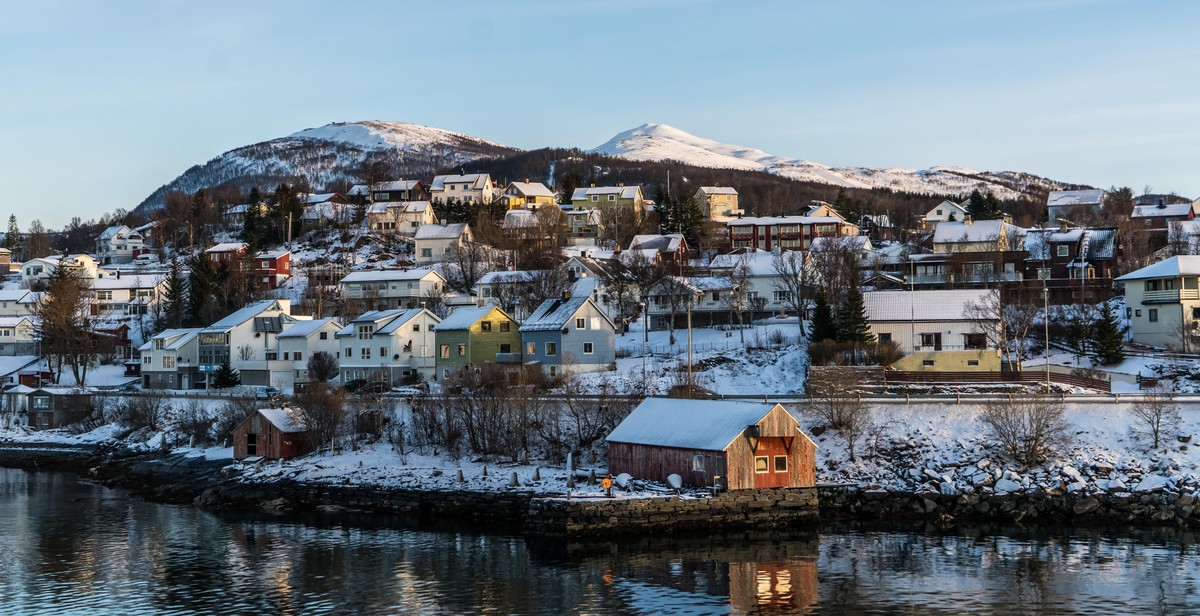
Conclusion
Planning a trip to Scandinavia is an exciting experience that requires careful consideration of various factors. From choosing the right time to travel, deciding on the destinations to visit, to booking accommodation and transportation, there are many things to consider to make your trip a success.
Exploring the Nordic countries is a unique experience that offers a mix of stunning natural landscapes, vibrant cities, and rich cultural heritage. Whether you are interested in outdoor activities, history, or food, there is something for everyone in Scandinavia.
When planning your trip, it’s important to research and compare different options to find the best deals and experiences. Consider using travel apps and websites to book flights, accommodation, and tours, and don’t forget to check for discounts and special offers.
Finally, remember to pack appropriately for your trip, taking into account the weather and activities you have planned. Bring comfortable shoes and clothes for walking and hiking, and don’t forget to pack a camera to capture all the amazing moments of your trip.
Overall, planning a trip to Scandinavia can be a daunting task, but with proper research and preparation, it can be an unforgettable experience that you will cherish for a lifetime.
